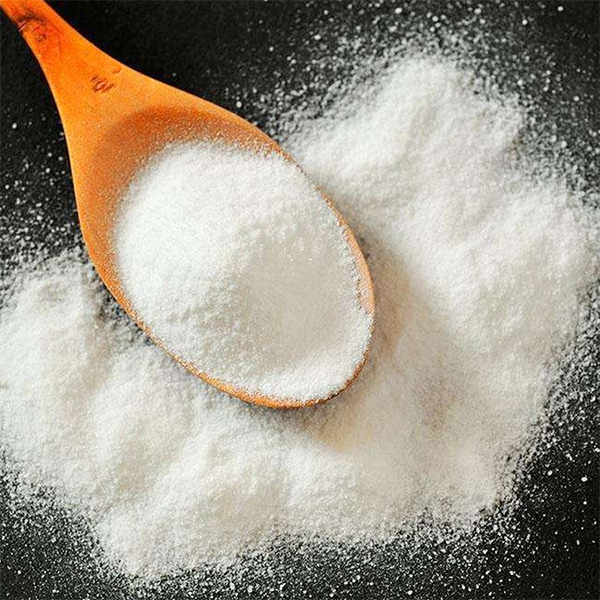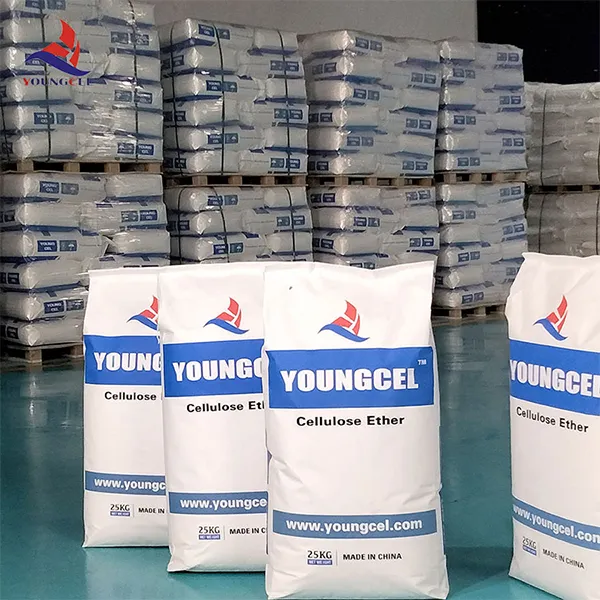Methocel Hydroxypropyl Methylcellulose (HPMC) Solution
Youngcel HPMC/MHEC is widely used as Chemical Auxiliary Agent for Tile Adhesive,Cement Plaster, Dry mix mortar, Wall putty, Coating, Detergent and so on.And we can provide you lowest price and best quality.

MHEC’s unique properties make it a valuable ingredient in various applications. According to a study on ScienceDirect, MHEC plays a critical role in the development of advanced ceramics. It acts as a binder, shaping and strengthening ceramics while they’re still in their “green” or unfired state. This results in ceramics that are more robust and resistant to fracture.

Wall putty
1. The visual state of pure HPMC cellulose is fluffy, and the bulk density is small, with a range of 0.3-0.4g/ml; Adulterated HPMC cellulose has better fluidity and heavier hand feel, which is significantly different from the appearance of authentic products.